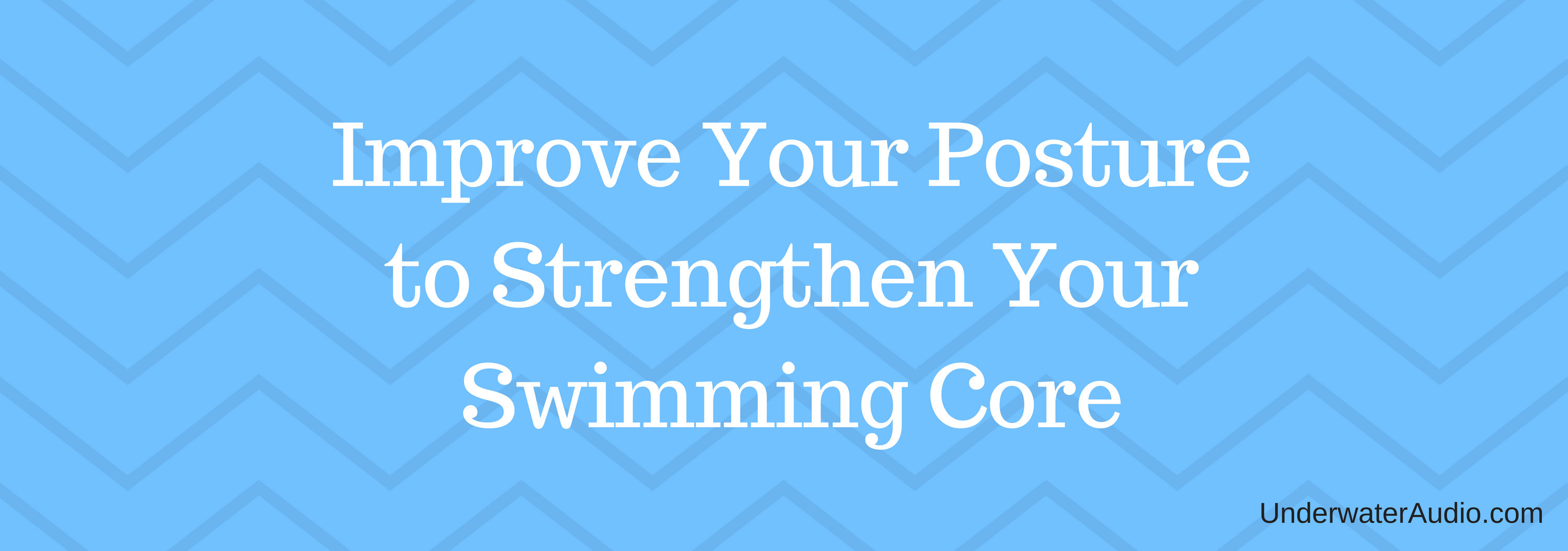Swimming has a lot of wear on the body.
The most wear on the body occurs in the shoulder region because of the reliance of the “pull.”
These shoulder muscles are worn-out and drained during these repetitive actions.
“One of the major factors causing shoulder pain is overuse and subsequent fatigue of the rotator cuff muscles, scapular muscles, and muscles of the upper and lower back.”
So, how do we deal with this reality and adjust accordingly to avoid a swimming shoulder injury?
Exercises
Coaches, trainers, physical therapists, physicians, biomechanists, and kinesiologists all suggests that performing exercises on specific muscles (to strengthen them) can help prevent shoulder injuries.
The aforementioned exercises are proven to improve shoulder function for swimmers. The main focus areas are: the rotator cuff, the muscles that stabilize the shoulder blade, and the muscles of the low back, abdominal, and pelvis that make up the “core” of the body – the abdominal and lower back muscles.
Specific conditioning of these muscle areas is proven to improve shoulder function for swimmers.
Some of the stretches are: external rotation of the rotator cuff, arm abduction, circumduction of the arm while the arm is straight ahead, theraband rowing, variations on push-ups to strengthen shoulder blade stabilizers, and core strengthening.
If you need more information on what each of these exercises entail, visit the USA swimming website for more detailed explanations.
Stretches
Although it may seem strange, stretching the upper back and neck will help prevent many shoulder injuries.
The muscles in the upper back and neck connect directly with the muscles of your rotator cuff and all around your shoulder blade and collar bone. Because of their proximity, they are often involved in shoulder injuries.
Having a tight neck or back can disturb the normal fluid movement between these two areas and the shoulder. Throw a quick, sudden movement into the mix, and you’ve got a problem.
Stretching these areas can help reduce risk of injury.
Massage Therapy
Massage therapy can help prevent shoulder injuries and treat them once they’ve occurred, too. Therapists can help you by identifying your problem areas.
They are trained in anatomy, physiology and kinesiology.
This enables them to identify which muscles are tense and where trigger points and knots reside. They then diagnose overused and fatigued areas, and which actions or behaviors are causing wear and tear.
After determining your weak areas, the REAL FUN begins!
Massage techniques are applied to alleviate the tension in your muscles. This relieves some of the muscular damage that has been done so that it doesn’t build up into a major stress injury.
Once you know your weak areas, you should focus your stretches and conditioning exercises in these areas. However, this does not mean you should skimp on the other muscle groups that are not problem areas.

Thermotherapy
Thermotherapy is the process of using either heat or cold to treat a body ailment. Any application of a specific temperature to treat the body is considered thermotherapy.
If your shoulder is stiff or you want to prep your arm for an event, you may want to consider warming it up… Literally.
Hot Cloth. Hot Pad. Hot Water.
Heat brings blood circulation to the area and kind of oils the the machine. The movement of fluids lubes up the joints and and muscles and primes them for action.
This increase in heat and blood flow also relaxes the stress response in the body caused by chronic muscular pain. Muscle knots, trigger points and muscle spasms fall into this category. Increased blood flow washes out metabolic waste in these stagnant areas and brings fresh oxygen, nutrients and energy with it. Which help those contracted bits of muscle fiber to not hurt so much.
On the contrary, cold temperatures reduce swelling and inflammation in the body.
Therefore, if your shoulder is swollen due to a rough practice, icing the area is a great solution.
Any soreness immediately following a workout is likely due to inflammation. On that note, any recent injury is likely swollen.
Muscle strains, pulled muscles, and torn muscles all fall under this category. All of these can be treated by applying a cold compress of some sort.
How Do you Prevent Swimming Shoulder Injuries?
Do you have any miracle stretches that we need to know? Any creative exercises that really help?
It’s our health we’re talking about here…
So please,
If you know anything that could be of help to anyone, share your tips in the comment section. We would all really appreciate it!




Leave a comment
All comments are moderated before being published.
This site is protected by hCaptcha and the hCaptcha Privacy Policy and Terms of Service apply.